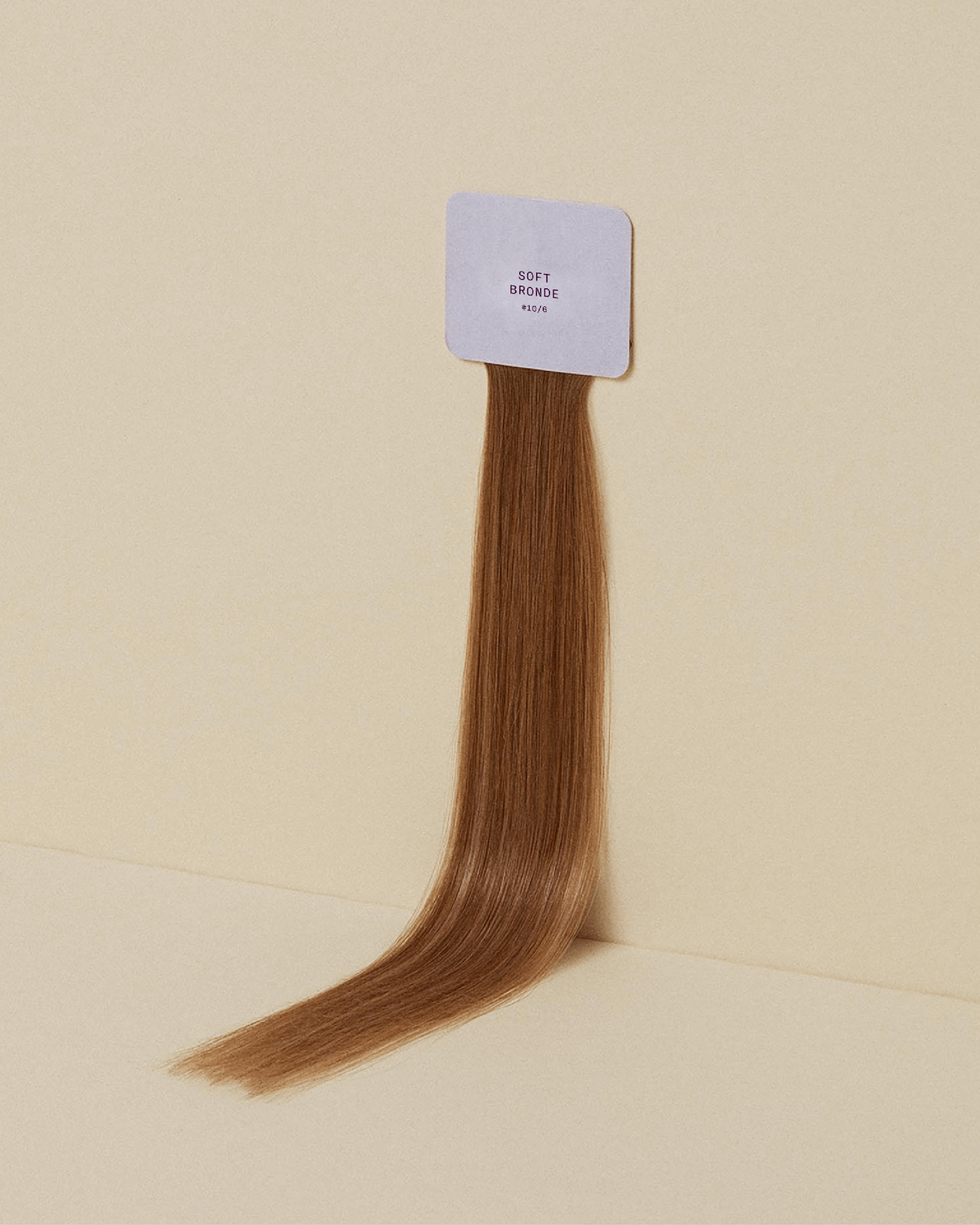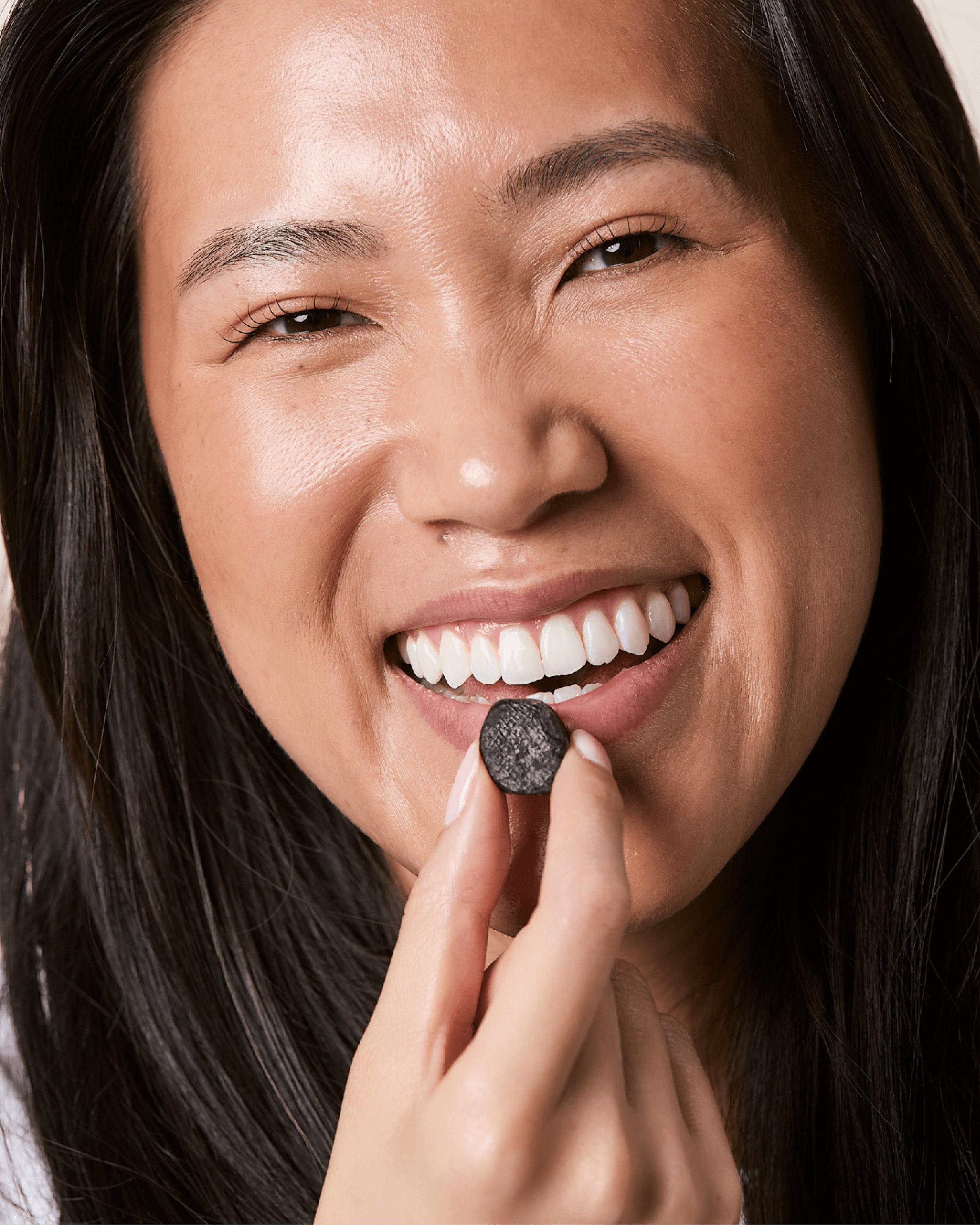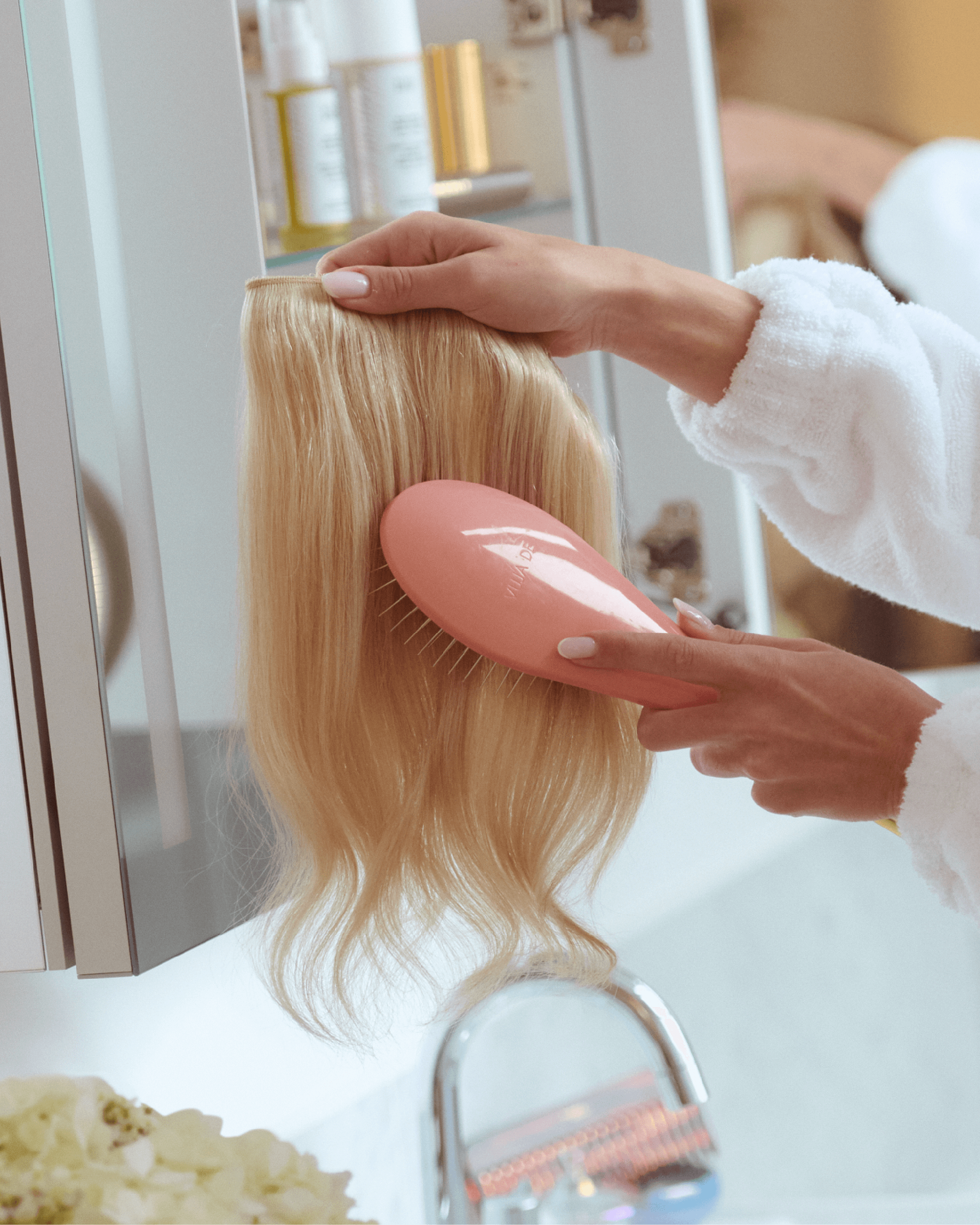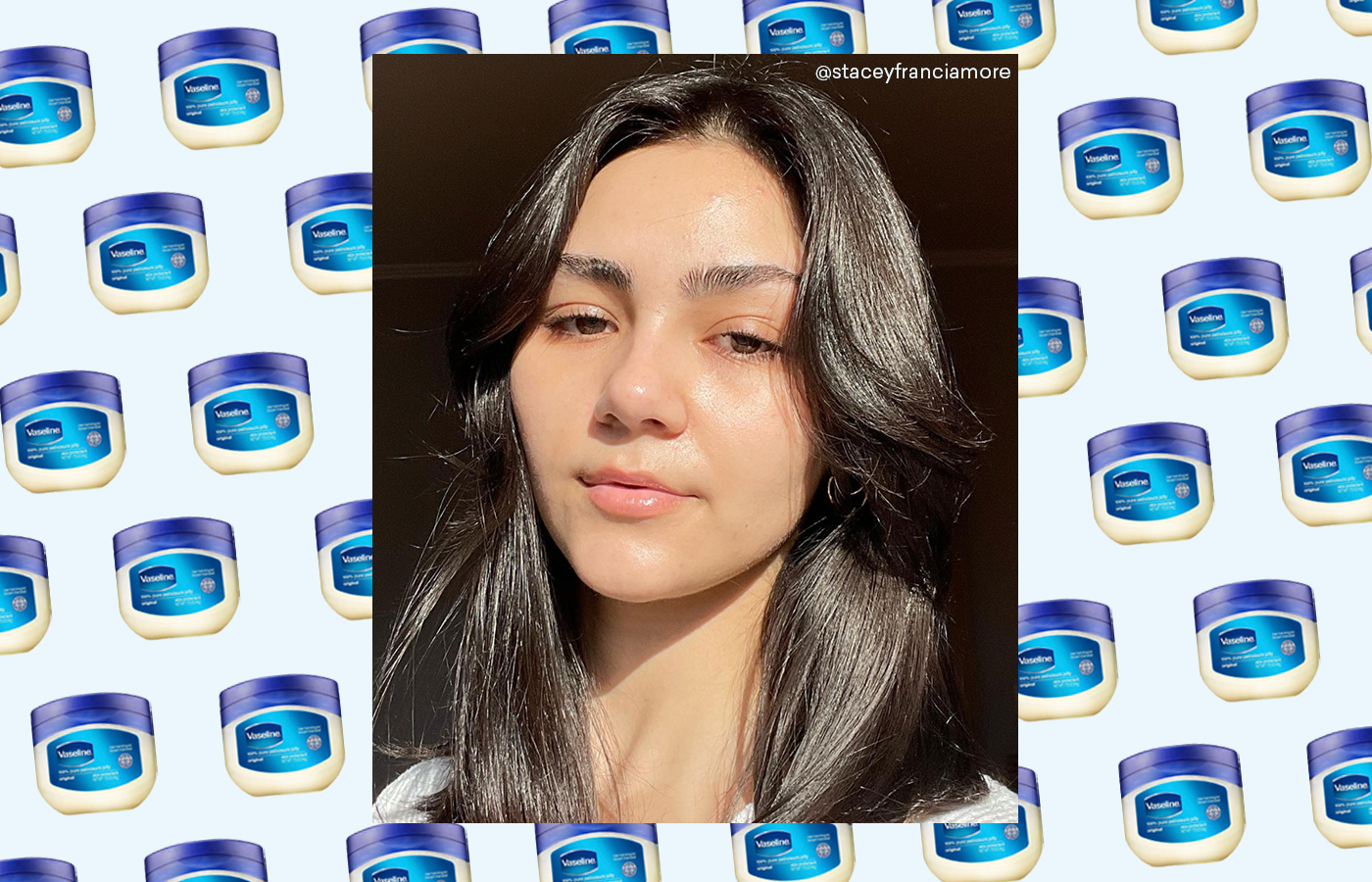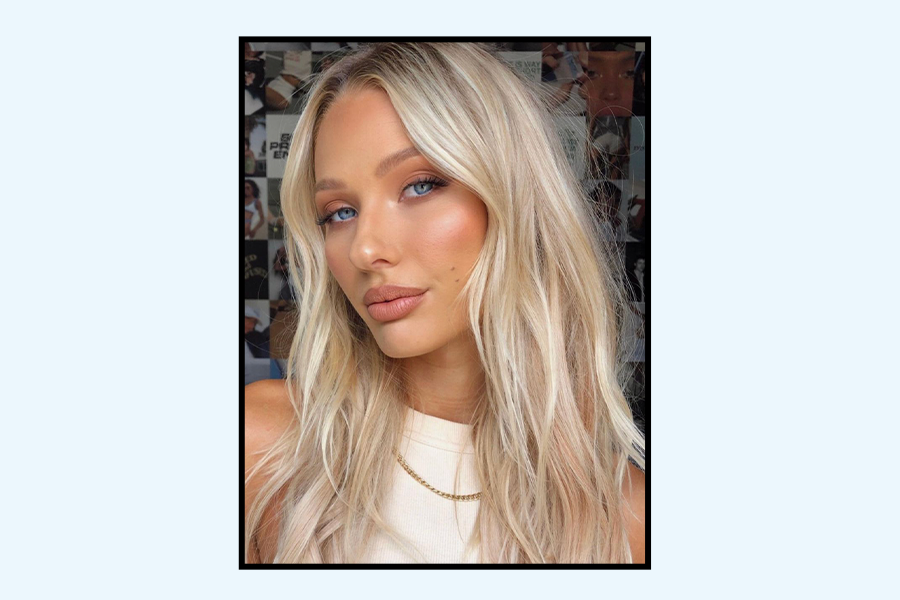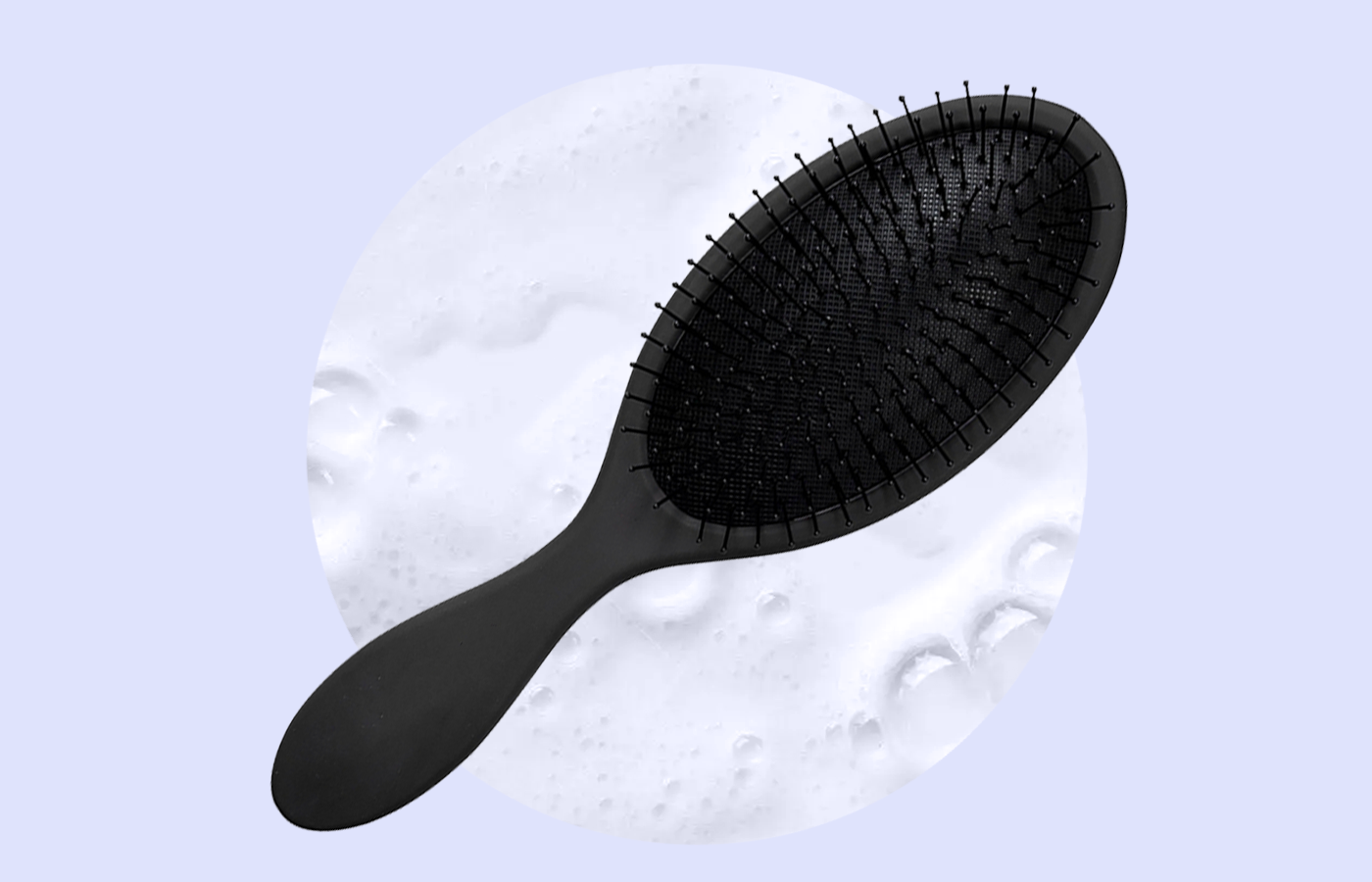Imaginary friends and alcohol face wipes alike, when you become an adult you shed what you most relied on growing up. Instead, you learn to love, or are thrust upon, the importance of oils. Whether that be a pre-wash scalp treatment (hey, castor!) or finally giving your skin what it’s been begging for (all the oils).
The newest thing we’re learning to love? Slugging skin. Like most hijacked conversations, it all starts with K-beauty and TikTok. For those deep in skincare, this is nothing new. But for many of us, especially us with dry skin, slugging skincare is the moisture sandwich we’ve always dreamed of.
If “moisture sandwich” got your attention, read on for the full rundown and learn how to start slugging face.
READ NEXT: How to Hydrate Hair After Bleaching
What is Slugging Skincare?
Or even, what does slugging mean? As you can imagine, the goal of slugging skincare is to look slimy and shiny–like a thousand slugs used your face as a highway. To do this, you go through your usual nighttime skincare routine, follow with a thin layer of occlusive moisturizer, and wash off in the morning.
Occlusives (like petroleum, beeswax, or lanolin) are a type of moisturizing agent that create a physical barrier atop your skin. That barrier traps the hydrating powers of your creams and serums while preventing any natural water loss from the skin barrier. It’s why occlusive moisturizers are recommended for eczema and post-surgery scarring too!
Four of the best and most beloved occlusive moisturizers for slugging skin are:
- Vaseline Original: plain old petroleum jelly, it’s the most barrier-creating option.
- Cerave Healing Ointment: with a petroleum base, Cerave offers a lighter alternative to slugging skincare that brags three additional ceramides and hyaluronic acid.
- Aquaphor Healing Ointment: also a petroleum jelly, it’s a highly occlusive moisturizer, but a tad lighter than Vaseline .
- Egyptian Magic: an all-purpose cream, Egyptian Magic uses beeswax and royal jelly to help seal in your moisture .
Occlusives VS. Humectants
You may have heard of humectants in skincare or haircare; certainly if you’ve ever looked into hydrating your hair. For skin, occlusives and humectants together can work wonders on the deeper layers of your skin. The difference between the two is this:
Humectants, or hydrators, bind water molecules from the environment and the products they’re included in. If it’s humid outside, your skin will be able to pull the readily-available dew in the air into your skin. On the other hand: because humectants are always trying to grab water from the environment, if the air is very dry (i.e. winter), the humectants in skincare products can start pulling water content from the deeper layers of your skin and lead to water loss! Booooooo.
Stop this from happening by pairing a humectant and an occlusive moisturizer. If water humidity is low and you’re worried the humectant in your skincare is drawing from the dermis, layering an occlusive on top will keep it from evaporating off. You don’t need to go full daytime slug here, either. Lighter occlusives like squalane oil and shea butter will create that occlusive barrier too.
Is Slugging Good for Your Skin?
Yes! Mostly. Korean beauty is top-tier because it focuses on two things: suncare and moisture (AKA ageless, dewy skin). And for anyone with dry skin, the word “dewy” can feel like a pipe dream because we often have a burnt out skin barrier.
Skin naturally loses water in what’s called transepidermal water loss (TEWL), but if your skin barrier is damaged from major moisture loss–such as from too much sun or going hard on retinol–then slugging your face is the perfect reparative step in your skincare!
Those occlusives, and the moisture barrier they create, help lock in the moisture you’re trying to gain from serums and force it back into the cells. Meaning you can max out moisture without clogging pores.
READ NEXT: The Super Guide to Castor Oil and Jamaican Black Castor Oil
Slugging For Acne Prone Skin
Slugging with acne or oilier complexions isn’t going to be as amazing compared to parched skin. Let’s start there. While you might think it’s the greasiness of the ointment that would cause breakouts, it’s actually because moisturizers like Vaseline are doing such a good job holding everything in that your skin’s own oils are getting trapped.
For acne, letting your skin breathe is important so slug less often. Reserve it for when you have a bad bout of dryness or you’re experiencing a bit of barrier damage from a treatment. You can use lighter occlusive moisturizers like the Cerave Healing Ointment or even lighter, use squalane oil as a serum in your routine
For oily skin types, a slugging skincare routine may be alright. Purveyor of all knowledge, Reddit, gives a few positive accounts of people with oily skin having great results (like here). So test it out for yourself and listen to your skin. Your oily skin may even be caused by skin not having enough moisture!
Can You Pair Slugging and Retinol?
You shouldn’t. Just like our advice on slugging for acne prone skin, occlusives can also cause trouble for retinol users because, you guessed it, they get trapped. Slugging over retinol means you’re taking the powerful (and badass) effects of the AHAs and trapping it on top of your skin. Like over-marinating a chicken, but the marinade causes inflammation and irritation.
Instead, switch up your retinol/AHA schedule (if you use it everyday) by slugging skin on your off-retinol days.
READ NEXT: The Best Hair Extensions For Fine Hair
The Slimy, Shiny Takeaway on Slugging Skin
Never met a slug I didn’t like. And for all the skincare hacks out there to try, this one seems to be worth the slime. With tons and tons of amazing reviews for slugging your face, we think it’s a must-try even if you have oily or slightly acne-prone skin.
Before sealing your moisture sandwich, here are some tips ICYMI:
- Use a thin layer of occlusive moisturizer
- Don’t add slugging over retinol (do retinol on days you don’t slug)
- If you have acne prone skin, use an even thinner layer of occlusive moisturizer or use squalane oil (a much lighter occlusive) in your skincare regimen to get the barrier-effects of slugging
- Pre-slugging face, it’s great to use a humectant like hyaluronic acid or glycerine so skin is both hydrated and moisturized
